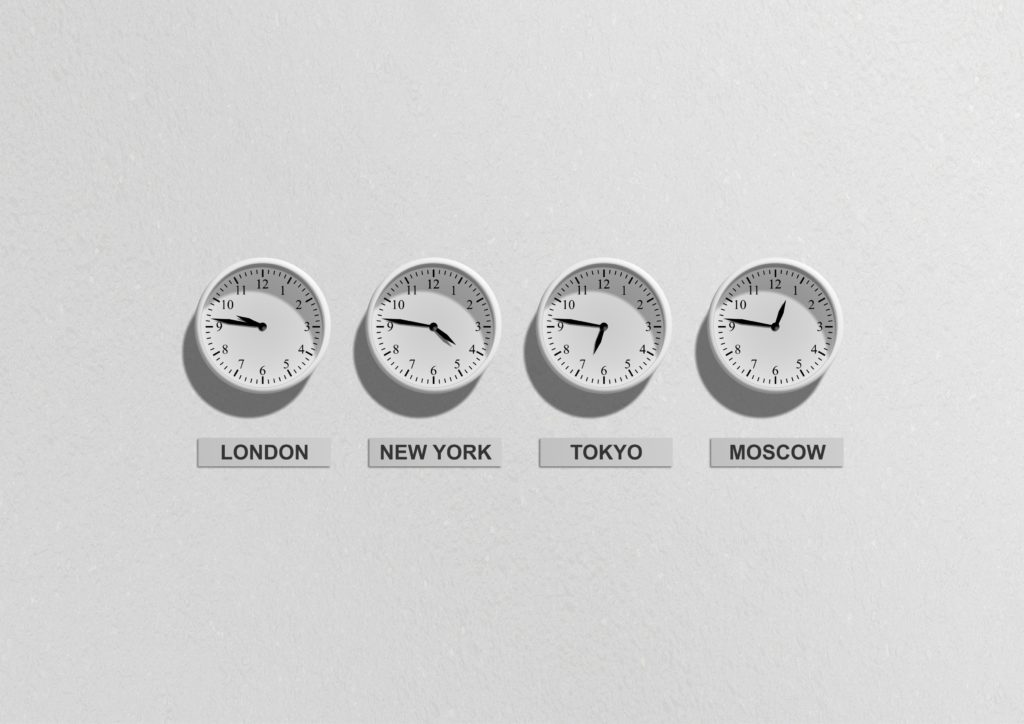Time can be a pretty confusing concept that follows rules of its own making. It is the apparent progression of events from the past to the future but it is not a phenomenon that is uniform all over the globe. One of the most mind-boggling structures that human beings have to contend with, time is like a shapeshifter. Let us know ‘Is One O’Clock In The Afternoon A.M or P.M?’.

Is One O’Clock In The Afternoon A.M or P.M?
Time is measured differently in different time zones. The most convenient way of measuring time is to use the twelve-hour clock format. Countries like India, the US, Canada, Australia, etc use this method. The 12-hour system divides the 24-hour day into two periods of 12 hours each. The first 12-hour period is designated as being. running from midnight to noon. The second period, marked p.m., covers the 12 hours from noon to midnight.
So for example, one a.m. is early in the morning while one p.m. is late in the afternoon. The abbreviation ‘AM’ stands for ante meridiem which is generally used to refer to when speaking of the morning time. PM stands for post-meridiem which denotes nighttime. Therefore one 0’clock in the afternoon time is p.m. and one o’clock in the morning time is a.m.
A.M./ P.M. Standard Time
One of the most commonly asked questions regarding the workings of time is what exactly constitutes the manmade concepts of ‘night’ and ‘day’. The tradition to measure time with a 12-hour standard has been effective since ancient times when people used sundials. With the help of sundial clocks, people were able to identify time only during a particular period of the day. The decision to divide a day into two cycles that last 12 hours was influenced by the fact that the moon also had 12 cycles.
The confusion around the 12-hour clock format
One of the main confusions regarding the 12 hours clock systems is about which abbreviation to be used for midnight and noon i.e. 12’o clock. Logistically each time the clock strikes 12, it falls on the exact time division that separates the morning from the night, which is why it becomes difficult to classify it as a.m. or p.m. However for the sake of clarity as well as uniformity, midnight is designated as a.m. while 12’o clock in the noon is p.m. In the afternoon (which denotes the time after 12 p.m.) the abbreviation of p.m. is followed till the clock reaches 12 at midnight after which the abbreviation of a.m. is followed
24-hour clock format
| 1 AM | 01:00 |
| 2 AM | 02:00 |
| 3 AM | 03:00 |
| 4 AM | 04:00 |
| 5 AM | 05:00 |
| 6 AM | 06:00 |
| 7 AM | 07:00 |
| 8 AM | 08:00 |
| 9 AM | 09:00 |
| 10 AM | 10:00 |
| 11 AM | 11:00 |
| 12 PM | 12:00 |
| 1 PM | 13:00 |
| 2 PM | 14:00 |
| 3 PM | 15:00 |
| 4 PM | 16:00 |
| 5 PM | 17:00 |
| 6 PM | 18:00 |
| 7 PM | 19:00 |
| 8 PM | 20:00 |
| 9 PM | 21:00 |
| 10 PM | 22:00 |
| 11 PM | 23:00 |
| 12 AM | 00:00 |
Apart from the 12-hour clock format, the 24-clock format also known as military time is in wide use, particularly across Europe. The following table can easily help convert a.m. or p.m. to a 24-hour clock time format.
A 24-hour clock considers time as a phenomenon that repeats itself after 24-hour increments. So for the first 12 hours of the day, it runs similar to the a.m./p.m. format. While in the 12-hour format, the noon time is followed by reverting to one (which indicates that the second half of the day has begun) the 24-hour clock like its name continues to indicate the time as 13:00, 14:00, etc till 24:00. An easy way to convert 12-hour format to 24-hour format is to add 12 to post-meridian time. For example, if it is 3 PM, one needs to add 3 to 12. The result is 15:00 hours which indicates 3 p.m.
Difference between 12 and a 24-hour format
The 24-hour clock is often used by police, intelligence agencies, and medical professionals even in countries that follow a 12-hour clock format because it helps avoid ambiguity over a.m. or p.m. and minimizes the margin for error. For example, we are often guilty of accidentally setting the alarm for 6 p.m. instead of p.m. With the 24-hour clock, the possibility of this error is nil as 6 p.m. becomes 18:00 hours in the 24-hour clock format. However, despite its confusion, the 12-hour format is widely used across wristwatches. It is also a much more convenient and less complex way of measuring time which is why it is used more in informal conversations and practices.
